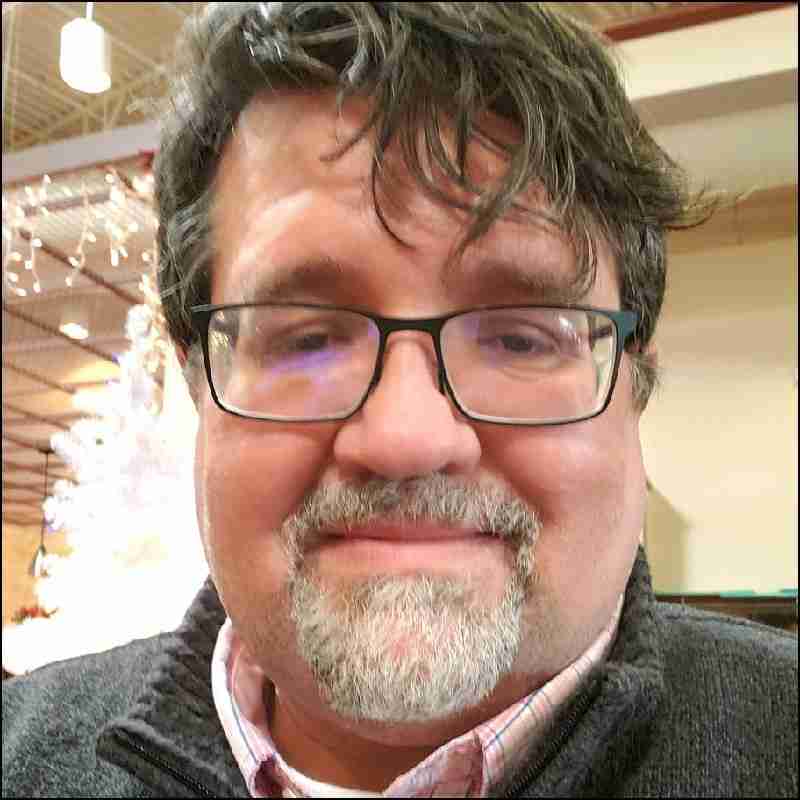
Humacyte’s HAV Successfully Tested in Hospitals on the Frontlines of Ukraine War, Bolsters Blood Tech Prowess in RTP
Ukrainian surgeons operating in the theater of war treated multiple patients with Humacyte’s experimental Human Acellular Vessel (HAV) device and saw highly significant results in the restoration of blood flow in patients, which led to reduced need for amputations. Data also showed low rates of infection in patients. The data will support a planned BLA later this year.
By Alex Keown | September 27, 2028
| BioBuzz has been connecting the life science workforce since 2009. We’ve built an expansive community in the Mid-Atlantic with a national readership that spans from Massachusettes to Florida, and New York to California. For our next chapter, we’re building a proprietary talent logistics model to help employers source and hire life science talent. Learn more. |
A medical device developed in Research Triangle Park and used on the front lines of the war in Ukraine to treat patients suffering from a range of traumatic vascular injuries saw a 95% success rate in the restoration of blood flow, which saved life and limb.
In June 2022, Durham-based Humacyte initiated a humanitarian program to provide its Human Acellular Vessel (HAV) to five hospitals on the frontlines of the war in Ukraine to treat traumatic vascular injuries. HAV was used to treat 19 patients who suffered traumatic injuries from gunshots, shrapnel, explosions, industrial accidents, and more. After 30 days, physicians reported a 95% presence blood flow in patients treated with HAV. None of the patients who were implanted with the Humacyte-developed blood vessels required limb amputation. There was also a significantly low rate of infection in patients. All of the patients survived their wounds. There was one patient treated with HAV who had to have the product removed due to shrapnel-related bleeding, the company reported.
Laura Niklason, chief executive officer of Humacyte, expressed excitement over the data from the Humanitarian effort.
“We are so pleased with this real world evidence,” Niklason told BioBuzz.
Humacyte’s HAV is a bioengineered tissue in development as an off-the shelf infection-resistant alternative for revascularization. HAV has a shelf-life of approximately 18 months and can be surgically implanted within minutes, bypassing the current standard of care of harvesting veins from the legs, Niklason said. Niklason explained that standard-of-care can be complicated and time-consuming.
Wound Treatments Play Role in RTP, DMV
The global wound care market was valued at $20.8 billion in 2022 and is projected to grow to $27.2 billion by 2027. Wound treatments play a key role in the life sciences ecosystems in RTP, as well as in the BioHealth Capital Region. Maryland-based KaloCyte is developing ErythroMer, a synthetic red blood cell product that can be used to treat trauma patients when donated blood is not available. ErythroMer is designed to be shelf-stable. Frederick-based Theradaptive is developing a regenerative medicine asset that can support the regeneration of native bone tissue. The company’s lead experimental asset AMP2 is applied to implanted medical devices with the goal of a more precise and safer method for regenerating native bone tissue. Likewise, the fish skin-based burn treatment product developed by Kerecis, which has its U.S. presence in Virginia, has been put to the test treating wounds in Ukraine, as well as injuries resulting from the recent wildfire in Maui.
With its U.S. headquarters in North Carolina, ConvaTec developed multiple wound-care products, including foam dressings for wound treatment. Merakris Therapeutics, another RTP-based company, is developing biotherapeutic technologies derived from stem cells that promote homeostasis in damaged tissue.
Testing in Ukraine
The partnership with Ukrainian health officials was forged within a few months of the Russian invasion of Ukraine in February 2022. Niklason said the company received a request for Humacyte’s HAV to treat patients injured in the massive bombardments that shook Ukraine in the early months of the war. She said there have been approximately 50,000 people who have needed amputations as a result of the war.
“The blasts from shelling are highly damaging,” she said.
Niklason noted the low infection rate in patients treated with HAV. The types of wounds seen are not clean and sterile. Dirt, grime and other substances often find their way into the wounds, particularly after a bomb goes off, she said.
“There is a high risk of infection with these patients. The HAV functioned really well in this challenging cohort,” she said. “HAV is readily available. You don’t have to damage the patient in order to get veins for vascular grafts.”
To support the Ukrainian physicians, Humacyte conducted training sessions via Zoom and other online methods. One of the trained physicians in Humacyte’s clinical trial group is Ukrainian and he helped overcome any language barrier, Niklason added.
Prepping for a BLA
The real-world data from the humanitarian efforts in Ukraine, coupled with data from multiple clinical programs, will form the basis for a Biologics License Application expected to be filed by the end of 2023.
The BLA will include data from Humacyte’s Phase II/III V005 trial in vascular trauma repair. Topline data from the single arm study, which was released in September, shows that HAV had higher rates of patency, and lower rates of amputation and infection, compared to historic synthetic graft benchmarks. Patients in the trial suffered with arterial injuries resulting from gunshots, workplace injuries, car accidents, or other traumatic events. The standard-of-care procedure to use veins from a patient’s legs was not an option in this study.
Additionally, Humacyte will have topline results from an ongoing study assessing have in trauma patients. That data is expected in November, Niklason said.
The company is also looking to file for potential approval in Europe and possibly other markets.
There are synthetic vascular grafts on the market already but Niklason believes Humacyte’s engineered product will be a viable option for surgeons. She noted the synthetic products can be rejected by the body after they have been implanted.
“We have implanted more than 500 patients and have never seen a single episode of clinical rejection,” Niklason noted.
Humacyte is already producing HAV at commercial levels. If the BLA is accepted and ultimately approved, Niklason said the company will be in a strong position for commercialization of the product. Currently, Humacyte can produce about 8,000 HAV units per year. The company’s manufacturing site has additional room to increase production should there be a need. Niklason said the company has the space to ramp up production to 40,000 HAV units annually.








